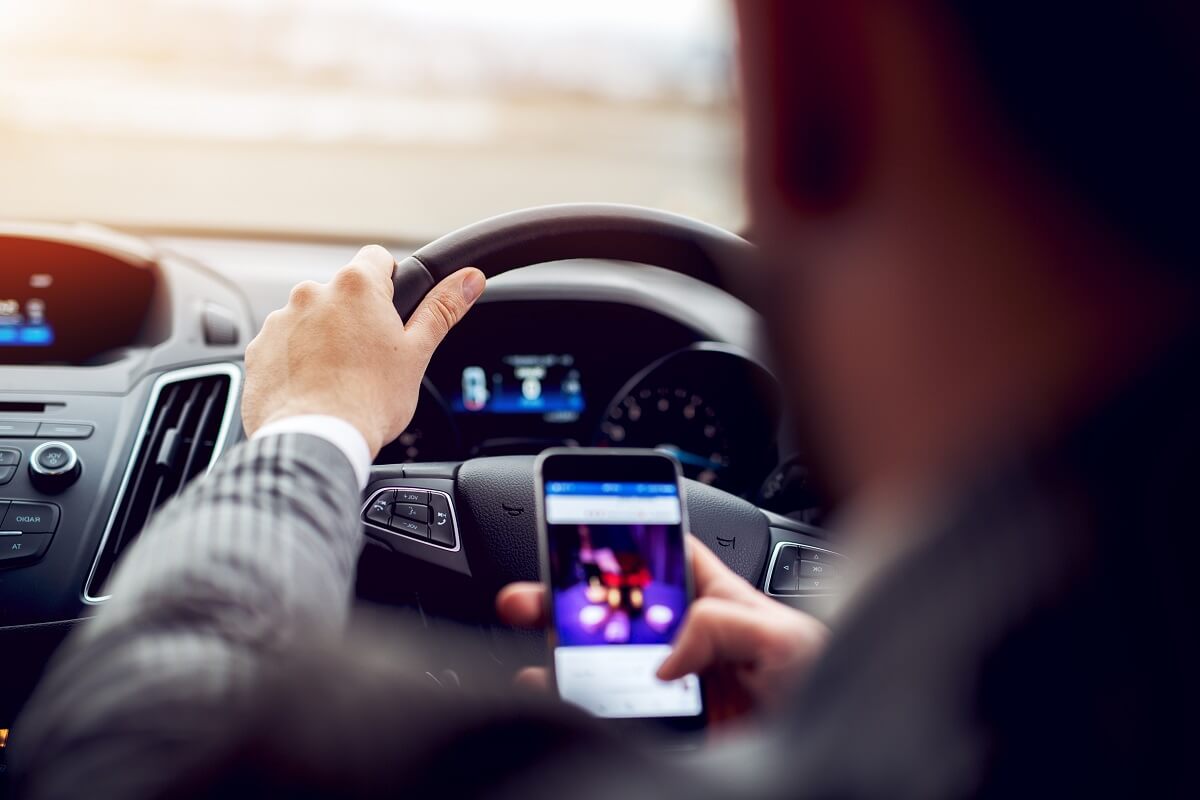Motorists could be hit with big fines as new distracted driving rules come into force at the end of March.
Under new laws, drivers in Victoria could be fined between $555 and $1849 and four demerit points if they are caught driving while distracted.
The rules have been brought in to address the growing number of both in-vehicle and external technologies that can severely distract drivers.
“Distraction is a key contributor to road trauma with research showing the risk of drivers crashing increases when texting, browsing or emailing,” Victorian Premier Daniel Andrews said in a press release.
“Distraction is also involved in at least 11 per cent of fatalities – equal to 20 people each year whose death is avoidable.”
To enforce the rules and catch offenders, Victoria will be introducing mobile phone and seatbelt detection cameras as part of its Road Safety Strategy 2021-2030.
Victorian police minister Anthony Carbines said: “Too many drivers continue to put lives at risk using mobile phones behind the wheel.
“We’re deterring this type of risky behaviour on our roads with these new road rules, as well as phone and seatbelt detection technology.
“We need every motorist to make the right decisions when they’re behind the wheel. When they don’t, road safety cameras and Victoria Police are there to hold them accountable.”
Portable device rules
The new rules state that a driver must not touch an unmounted portable device, such as a mobile phone, tablet or laptop while driving – even if the item is switched off.
In addition, drivers must not allow a portable device to be in their lap or on any part of their body or clothes (unless it is in a pocket, or in a pouch attached to a belt or other part of the body).
Drivers must not look at the display of a device being operated by a passenger, pass a device to a passenger or have a passenger pass a device to them.
Mounted device rules
Drivers can operate a mobile phone or tablet while driving in a limited capacity if it is housed within a mounting that has been commercially designed and manufactured specifically for that purpose.
Even then, they still can’t use the device fully, but are allowed to use music and navigation functions as long as they are not entering text or viewing images or video.
Wearable device rules
This applies to devices such as smart watches, smart glasses and other wearable heads-up displays. Drivers are not allowed to touch the device (other than incidental contact by wearing it) or use any functions on the device.
However, they are allowed to initiate, accept or reject any audio calls and also play audio material, but only if that can be done via voice commands.
Do you think these rules seem fair? Or are mobile phone and seatbelt cameras a bit too much? Let us know what you think in the comments section below.
Also read: New tool can determine if dementia sufferers should keep driving


Not before time – this is virtually a case of closing the gate after the horse has bolted – the driving on our roads is absolutely atrocious as it is without the assistance of digital technology distracting the drivers a lot of whom clearly have little or no knowledge of the road rules and how they protect every driver including them. Hopefully this new wording of the law re careless driving will hit a chord with the driver and not with the lamp post on the side of the road.
We already have something similar in NSW.